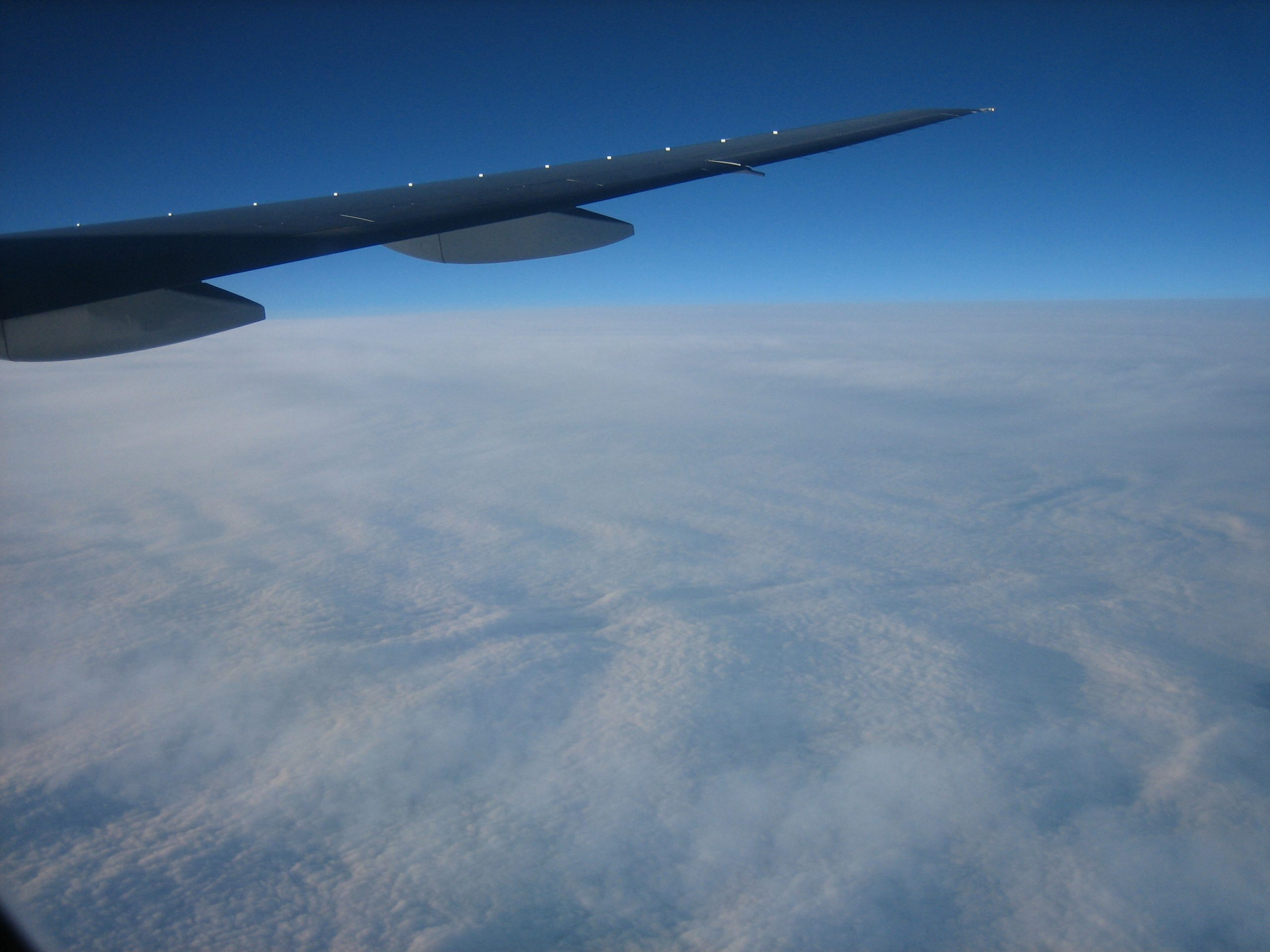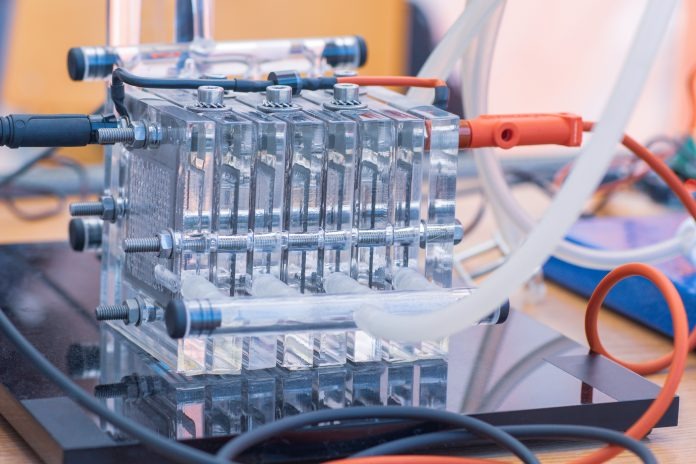Could a Third of all Flights be Powered by Liquid Hydrogen by 2050?

According to the International Council on Clean Transportation, 31-38% of all passenger aviation journeys could be powered by green hydrogen by 2050. Hydrogen Industry Leaders delves into the technicalities of the fuel.
The study found that an LH2-powered turbofan aircraft could transport 165 passengers up to 3,400km. Smaller planes would be able to carry 70 passengers up to 1,400km.
A combination of the two plane types has the potential to serve all short to medium-range flights. Accounting for approximately a third of all passenger aviation traffic, this would dramatically reduce CO2 emissions.
Despite the clear benefits for the environment it may be difficult to convince the aviation sector to invest in green technology. Cost is the biggest setback to the development as liquid hydrogen — which is stored at temperatures below minus 253°C — has a much lower energy density by volume than conventional jet fuel, which would increase fuel costs considerably.
How do we move away from profit over the planet?
Proof of this is when Boeing’s Chief Sustainability Officer, Chris Raymond spoke in an interview last year. He said: “Liquid hydrogen is probably the best way to use it as a fuel, but it requires big cooling systems and storage systems. Hydrogen requires about four times the volume to get the same amount of energy, so you end up with a plane that is more fuel tanks than it is passenger capacity — and that risks the efficiency overall.”
“Carbon pricing is needed to make green LH2 cost-competitive, with breakeven compared to Jet A [fuel] expected at between $102 and $277/tonne CO2-equivalent in 2050, depending on geography,” the ICCT says.
Governments across the globe have a huge problem to tackle with the aviation industry, especially as the UK aims to be net-zero by 2050.
The report also stated: “However, given the industry-wide push toward non-biomass SAFs [sustainable aviation fuels], synthetic fuels like e-kerosene [derived from green hydrogen and captured CO2] would likely be a better cost comparison for hydrogen than Jet A, especially from 2035 onwards. Our results suggest that green LH2 will be cheaper than e-kerosene on routes up to 3,400km.”
Green LH2 has many more benefits than blue
The study states that blue LH2 would be the most expensive aviation fuel, followed by e-kerosene, green LH2 and Jet-A.
E-kerosene is chemically identical to traditional jet fuel which could recover the initial extra expense when considering the building of hydrogen refuelling infrastructure at airports.
However, the cost of e-kerosene production could increase if the more energy-intensive DAC [direct air carbon capture] (rather than point source carbon capture) is required.”
Green hydrogen is much preferred for the aviation sector over blue hydrogen and not just for cost. Even if blue hydrogen had a carbon capture rate of 99 per cent, it would still result in about 40% of the CO2-equivalent (CO2e) of Jet-A fuel.
Compared to green hydrogen and e-kerosene where they have near-zero carbon intensities per RPK [revenue-passenger-kilometre].

